What is "Y-Coat"?
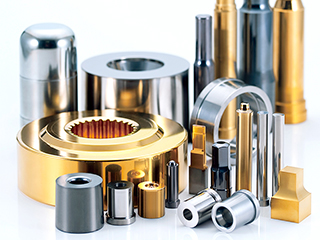
Y-coat is a ceramic film coating process using the ion plating method.
By applying Y-coat to molds, "abrasion and galling resistance, improved slipperiness, weld adhesion resistance, and heat resistance" can be obtained, thereby extending the life of molds and ensuring consistent quality.
In addition, our unique coating removal and recoating technology enables reuse of molds, contributing to resource conservation and cost reduction.
Method of coating film on molds
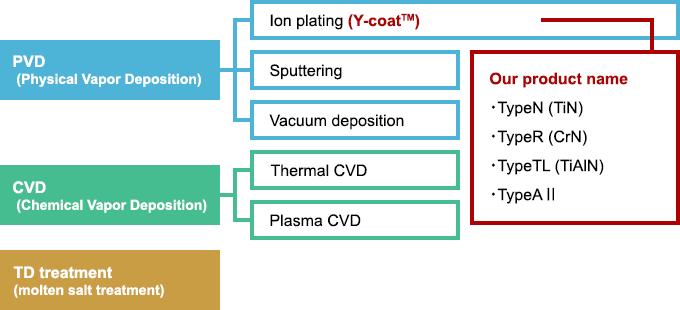
Unique coating technology of Yuken Industry
-
POINT1
Pre-treatment technology based on the expertise of a cleaning agent manufacturer provides excellent adhesion of PVD films.
-
POINT2
Low temperature treatment (less than 500°C) minimizes dimensional change and distortion of the material.
-
POINT3
We can also remove coatings on carbide by utilizing its technological capabilities as a chemical manufacturer.
-
POINT4
Damage analysis capability and quality assurance.
Features of YUKEN
Unique mold cleaning technology leveraging the expertise of a cleaning agent manufacturer
Whether or not the coating adheres well is determined by the cleaning process.
We have developed our own mold cleaning technology by leveraging the expertise of a cleaning agent manufacturer.
Low temperature treatment (500°C) minimizes dimensional changes and distortion of the material
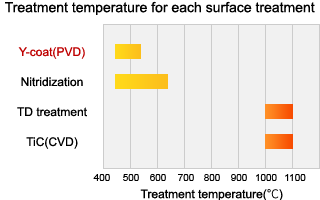 Low-temperature treatment achieves coatings with the same degree of hardness or higher than TD treatment or CVD. Dimensional changes and distortion of materials can be reduced.
Low-temperature treatment achieves coatings with the same degree of hardness or higher than TD treatment or CVD. Dimensional changes and distortion of materials can be reduced.
*Steel must be tempered at least twice at 520°C or higher.
Unique film removal technology that leverages our development strengths as a chemical manufacturer
Our technological development as a chemical manufacturer has made it possible to dissolve and remove not only PVD, but also CVD and TD coatings using chemicals. Also, by controlling surface roughness after film removal, we have made it possible to recoat used molds.
For CVD and TD treatment (using shot blasting)

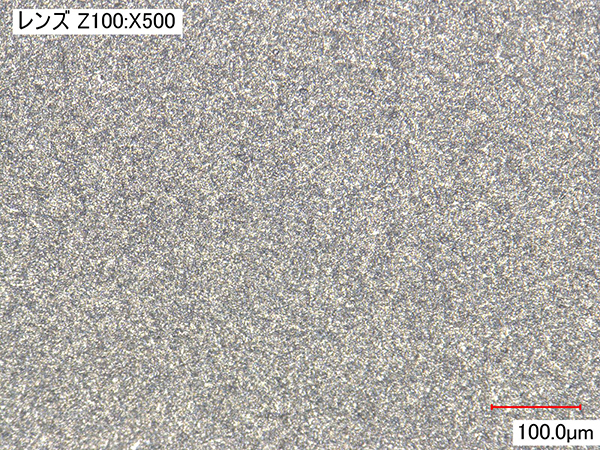
The film removal roughens the mold surface and requires extensive wrapping.
(See figure on the right: Surface after removal of film by shot blasting ×500)
For Y-coat (using dissolution and removal)

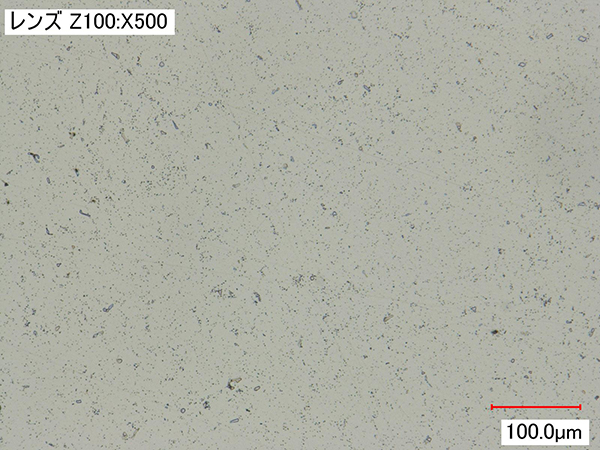
A simple wrap can be used to maintain a mirror surface after film removal.
(See figure on the right: Surface SKH51 ×500 after removal of film by dissolution)
Damage analysis capability and quality assurance
Based on our extensive experience in mold analysis, we perform "magnified observation", "residual film thickness measurement", and "cross-sectional analysis" of damaged molds.
We provide reliable quality and after-sales service with our well-trained staff and analyzers.
Y-coat variation
-
Type N (TiN)
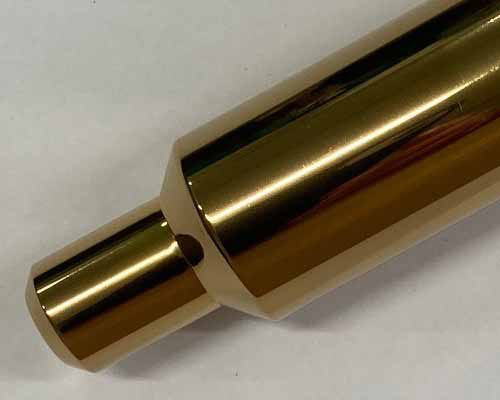
Excellent abrasion and seizure resistance
- Application
- Cold forging and pressing
- Film thickness
- 2μm
- Hardness
- 2,200 Hv
- Oxidation temperature
- 400℃
-
Type R (CrN)
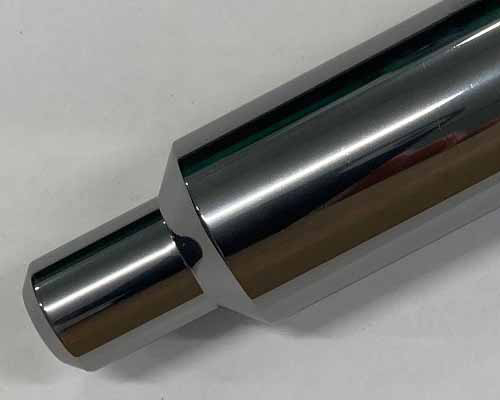
Excellent weldability, slipperiness, and heat resistance
- Application
- Cold forging, press, warm and hot forging, die casting
- Film thickness
- 5μm
- Hardness
- 1,800 Hv
- Oxidation temperature
- 600℃
-
Type TL (TiAlN)
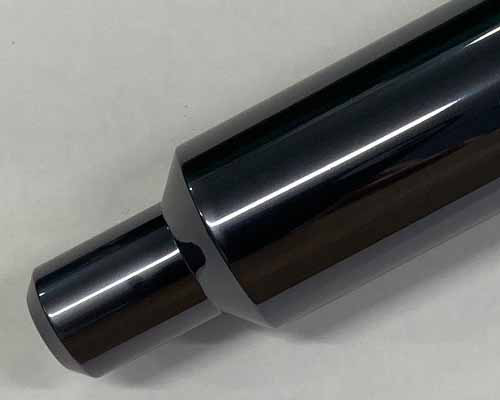
Excellent abrasion and high heat resistance
- Application
- Cold forging, press, die casting
- Film thickness
- 2μm
- Hardness
- 3,400Hv
- Oxidation temperature
- 800℃
-
Type AⅡ (AI base)
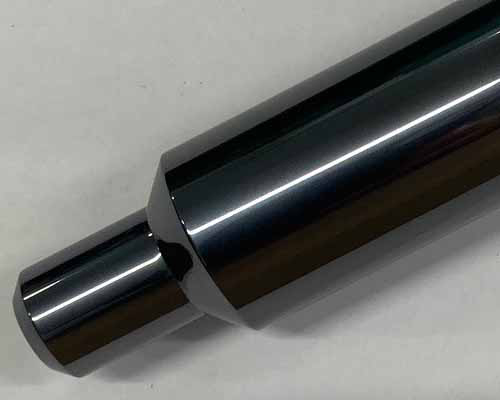
Excellent galling resistance due to high heat resistance
- Application
- Cold forging and pressing
- Film thickness
- 3μm
- Hardness
- 3,500 Hv
- Oxidation temperature
- 1,200℃
| Film Deposition | PVD | |||
|---|---|---|---|---|
| Film typeBsee Metal | Type N (TiN) |
Type R (CrN) |
Type TL (TiAlN) |
Type AⅡ (AI base) |
| Fe Based |  |
 |
 |
 |
| Carbide |  |
 |
 |
 |

- Removable

- Not Removable
Type K + Y-coat treatment
This is a composite treatment in which a hardening treatment (Type K) is applied to the metal material and Y-coat is applied on top of it.
The synergistic effect of "material hardening + Y-coat" provides an effect greater than that of conventional ion plating coatings.
-
Cross-section of film
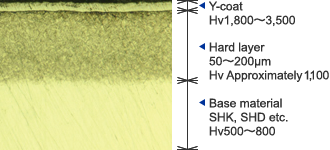
-
Abrasion and galling resistance
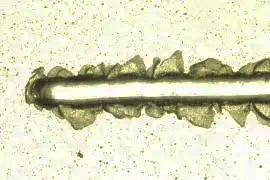 Y-coat only
Y-coat only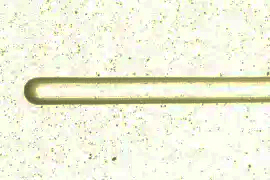 Type K + Y-Coat
Type K + Y-Coat
The hardening of the base metal surface layer makes it difficult for foreign matter and burrs to penetrate. Also, since the deformation of the base metal due to penetration is minimized, the coating film can easily follow and the chipping breakdown of the film is reduced.
-
Features
Greater abrasion and galling resistance, softening resistance, fatigue resistance, etc.
Dimensional changes are also the same as for Y-coat only. -
Precautions
Materials such as stainless steel, cemented carbide, etc., for which the hardened layer is difficult to diffuse, may not be sufficiently effective.
Inquiry on customizable processing
Feel free to contact us if you have any queries regarding the specifications, delivery schedule and costs of the customizable processing.




